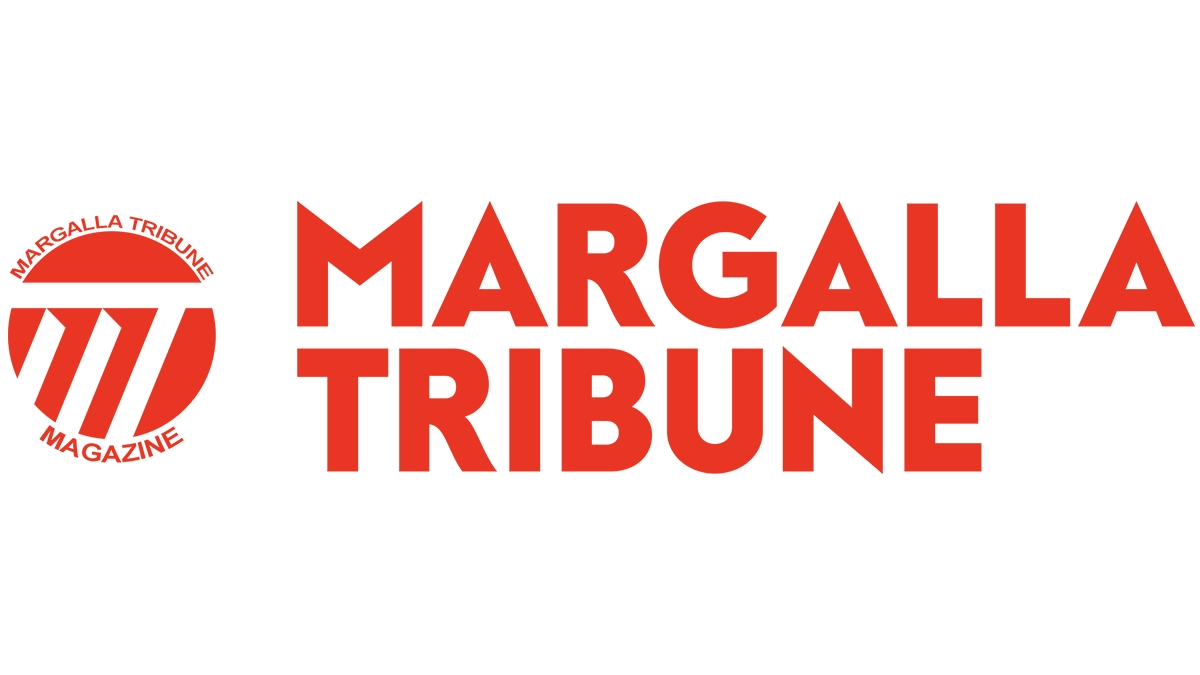Canada’s multicultural fabric is evident in its vibrant communities where languages from Urdu and Hindi to Chinese and Arabic mingle with English and French in daily life. This diversity makes Canada unique, creating rich cultural exposure for children. Similarly, the Canadian education system offers an array of schooling choices, ensuring that parents can find an option that aligns with their family’s values and educational goals. Contrary to the common assumption that there are only public and private schools, Canada’s education landscape has a range of options.
Common public school formats include are varied. You have the choice between 00% English or 100% French: In provinces like Quebec, this is often the default for public education, while other provinces may offer French schools for French-speaking or French-immersion students.
“Canadian public schools come in various types based on language and region – 100% English; 100% French; Bilingual; skill-based”
Bilingual programs available in many regions, such as Peel District in Ontario, where schools might have 50:50 or 70:30 French/English instruction. These programs are popular and may have waiting lists.
Specialized Programs for High-Skill Students are also offered in some public schools offer specialized tracks for students with particular talents in arts, sports, or academic areas, allowing them to balance education with intensive training.
Private education in Canada is diverse, including international schools, faith-based institutions (e.g., Islamic or Christian schools), and other specialized options, often with smaller class sizes and customized curricula. However, private schooling is costly, with fees ranging widely—from $4,000 to over $100,000 per year. Additionally, admission may require an entrance exam or interview, depending on the school’s selectivity.The third category is of Catholic Schools. These are publicly funded in provinces like Ontario, Alberta, and Saskatchewan, Catholic schools offer education with a focus on religious values. They are popular among families seeking a disciplined and values-oriented education.
Elementary Catholic schools may give admission priority to Catholic families, though non-Catholic children are generally admitted from high school onward. Many Asian families appreciate the structured environment these schools provide, which often aligns with their cultural values. Another option is of homeschooling. A flexible option available to families across Canada, homeschooling allows parents to oversee their child’s education at home, following provincial guidelines. Homeschooling students are generally required to meet provincial standards through periodic assessments, ensuring that they achieve the same level of competency as their peers in traditional schools Specialized Program.
In addition to the standard schooling options, Canadian schools, both public and private, frequently offer specialized programs tailored for students with particular interests or talents. These can include high-performance arts, athletic programs, and advanced academic tracks, allowing students to pursue their passions alongside their education.The Canadian education system’s inclusiveness and flexibility offer families a diverse range of schooling options, accommodating language preferences, religious beliefs, and specialized learning needs. Whether through public, private, or faith-based schooling, Canada provides parents with the ability to choose a pathway that best supports their child’s personal and academic growth, equipping them with the confidence and cultural awareness needed in today’s world. Unparallel System with so many choices, Canadian education stands out as a reflection of the country’s values—supporting not only academic achievement but also character development and inclusivity. For families exploring education options, this system is a remarkable asset, offering children the foundation to grow into independent, responsible, and globally aware individuals.





